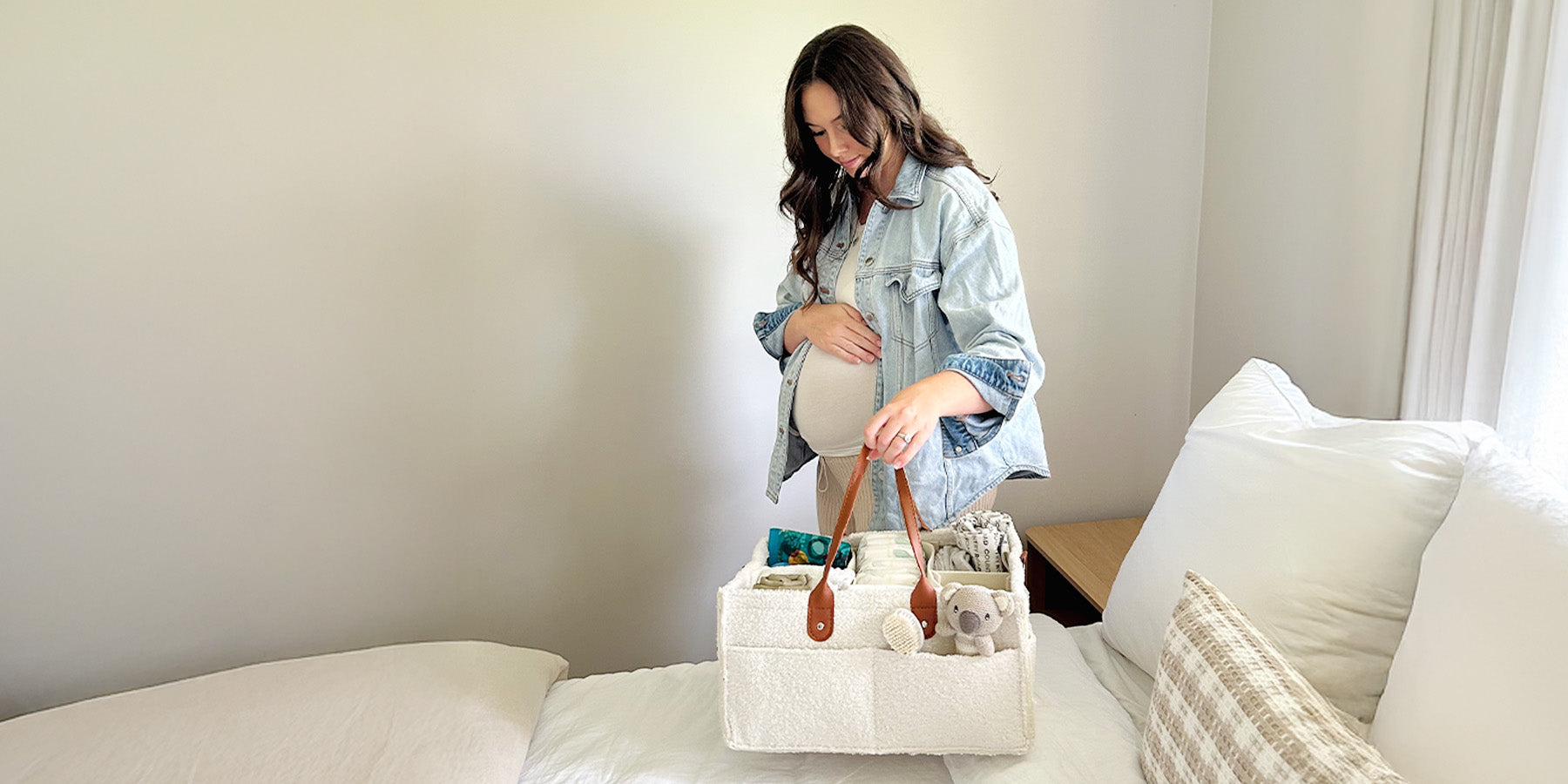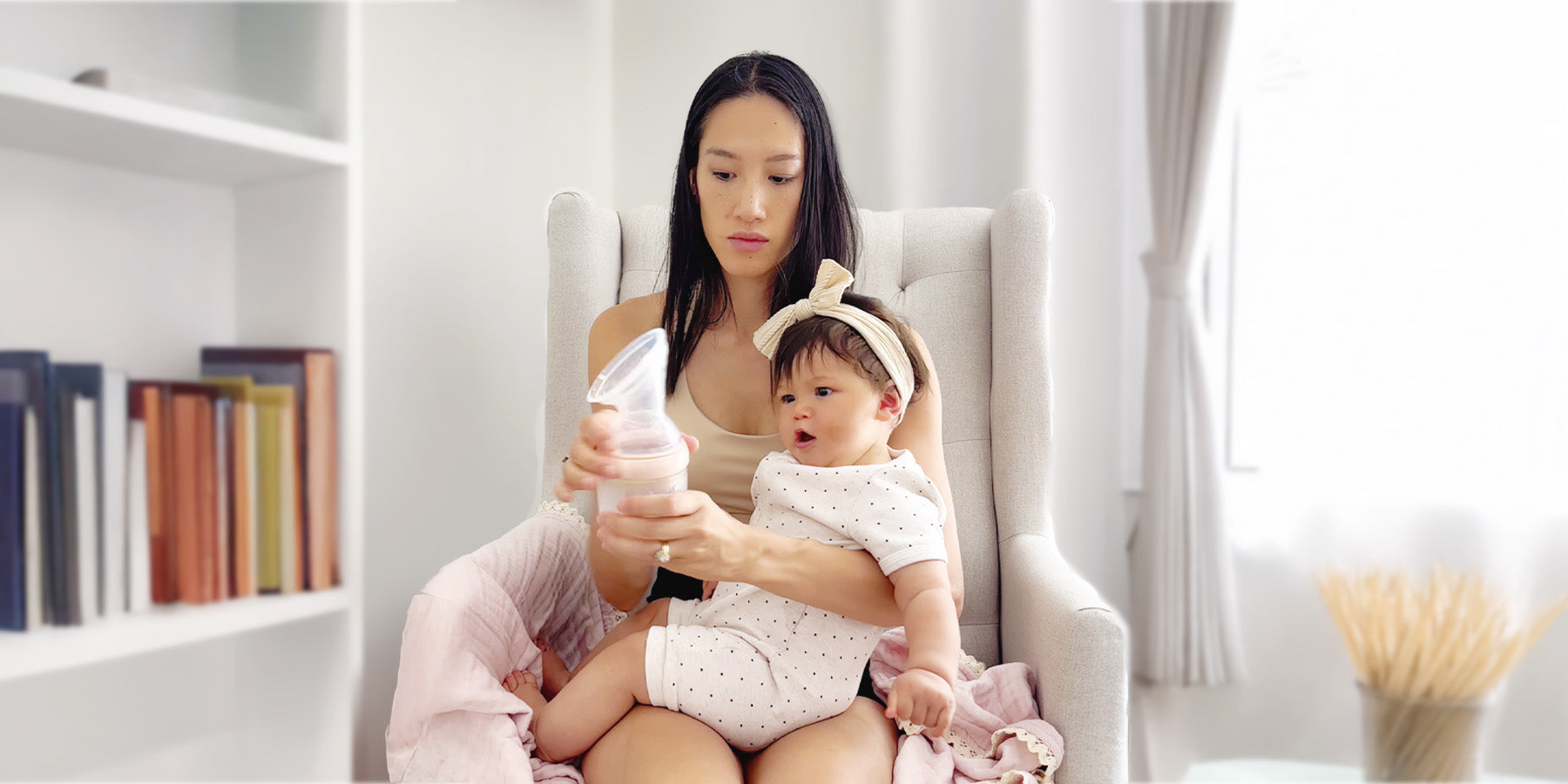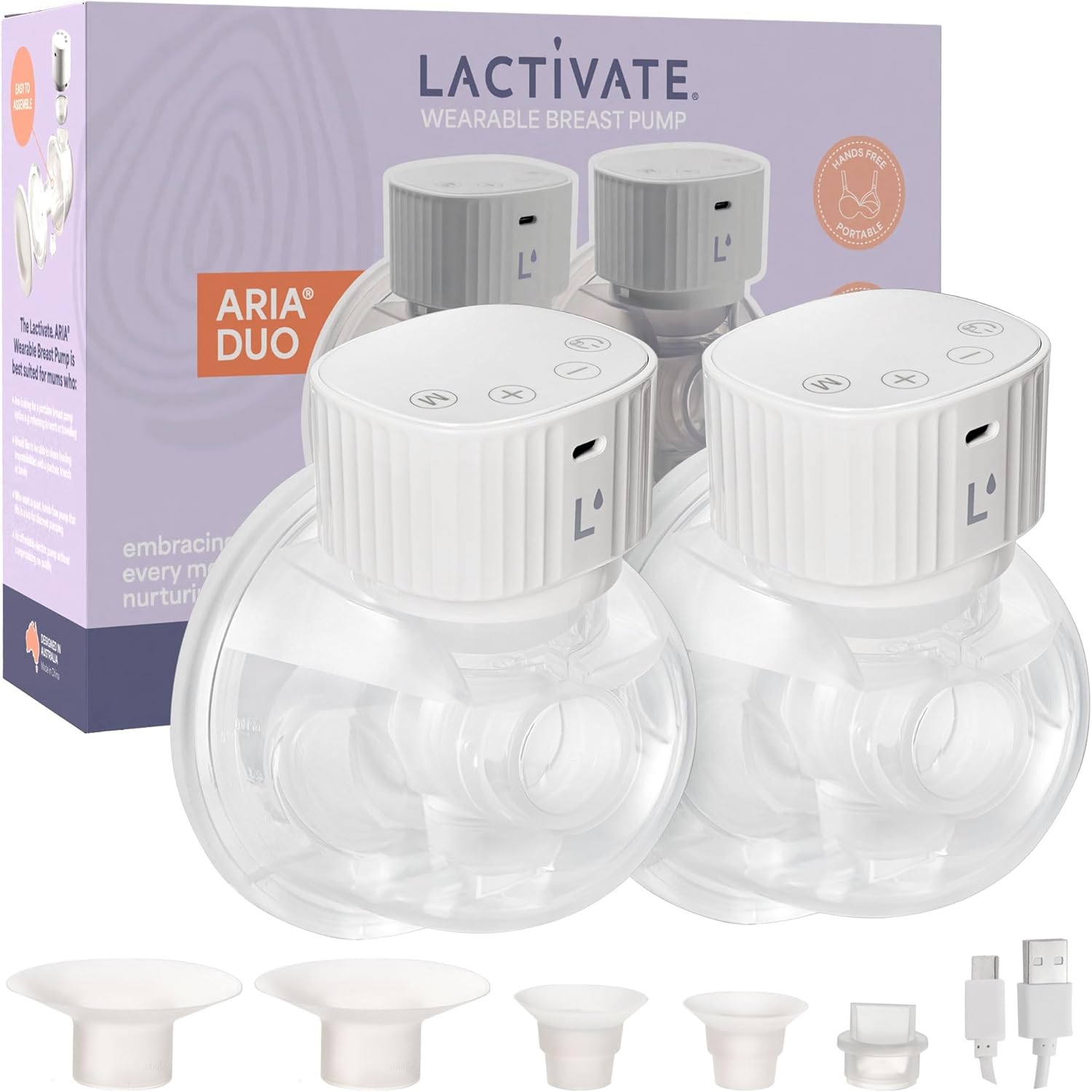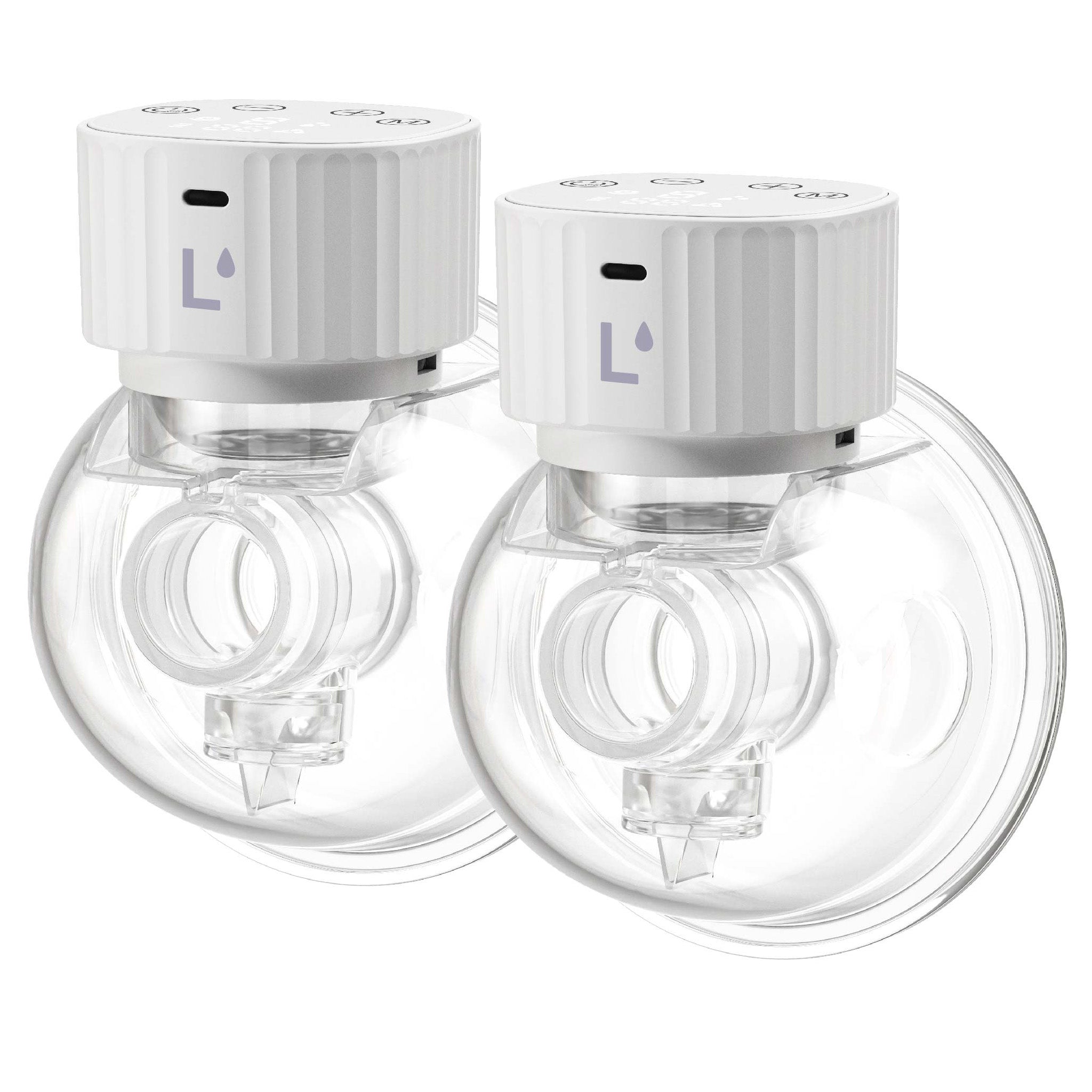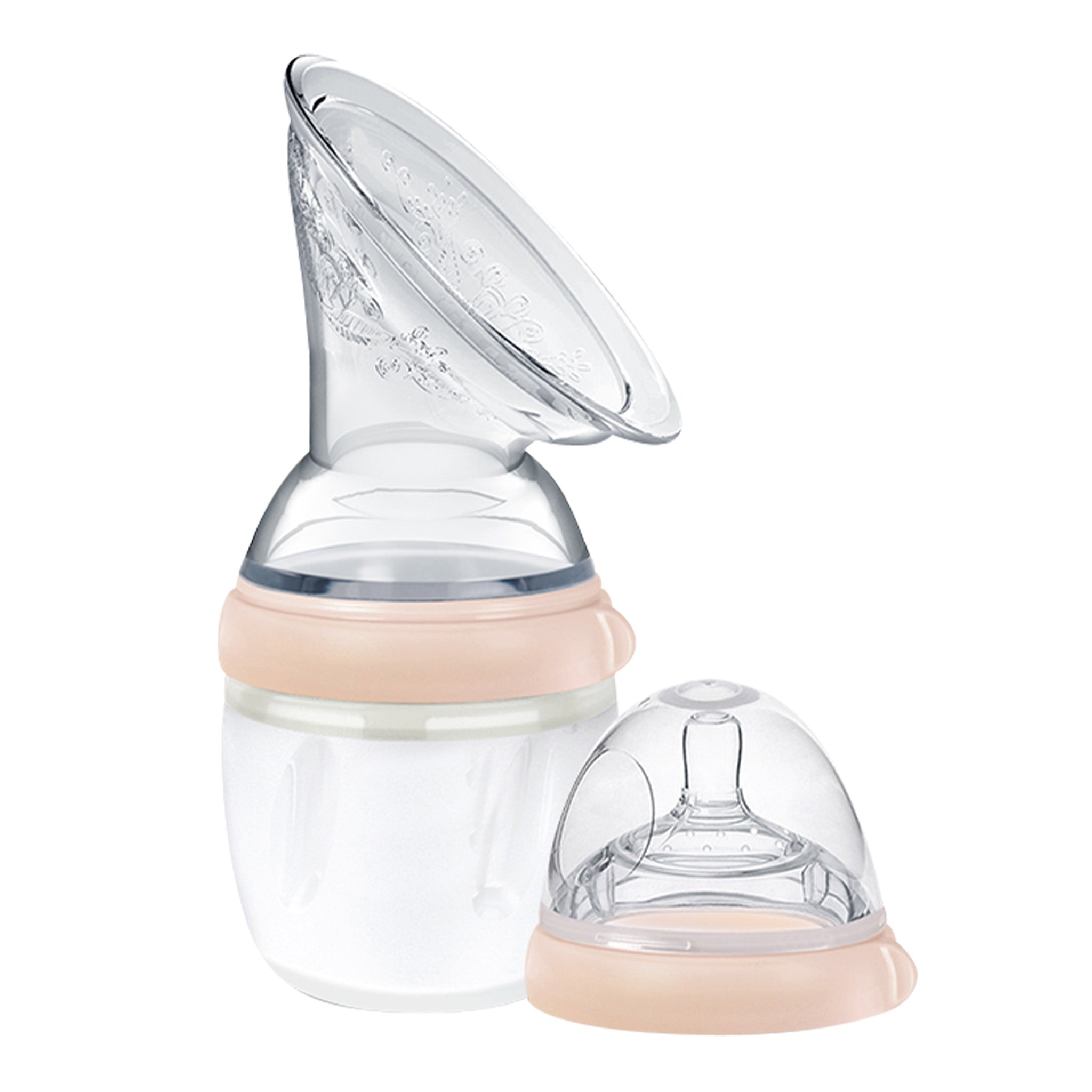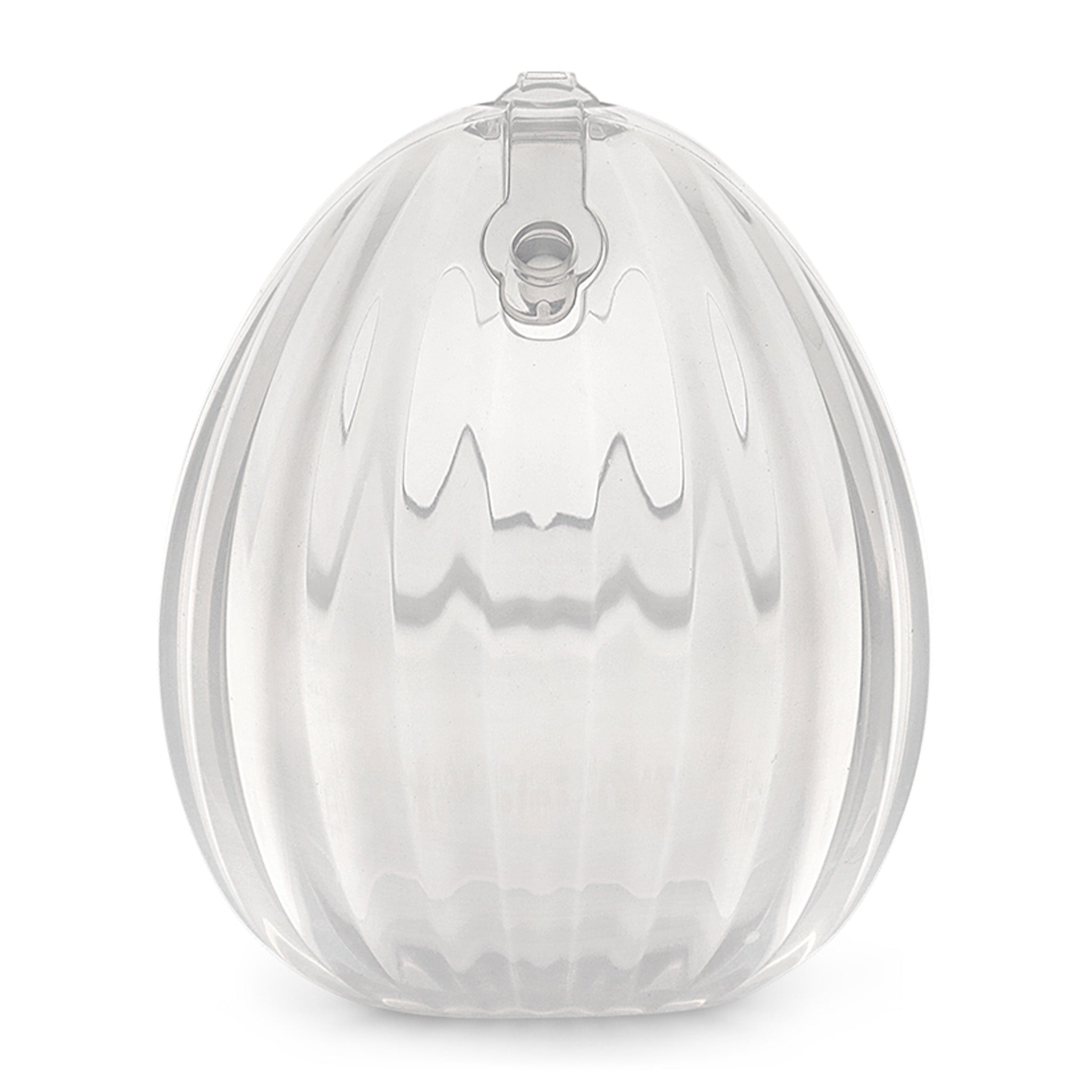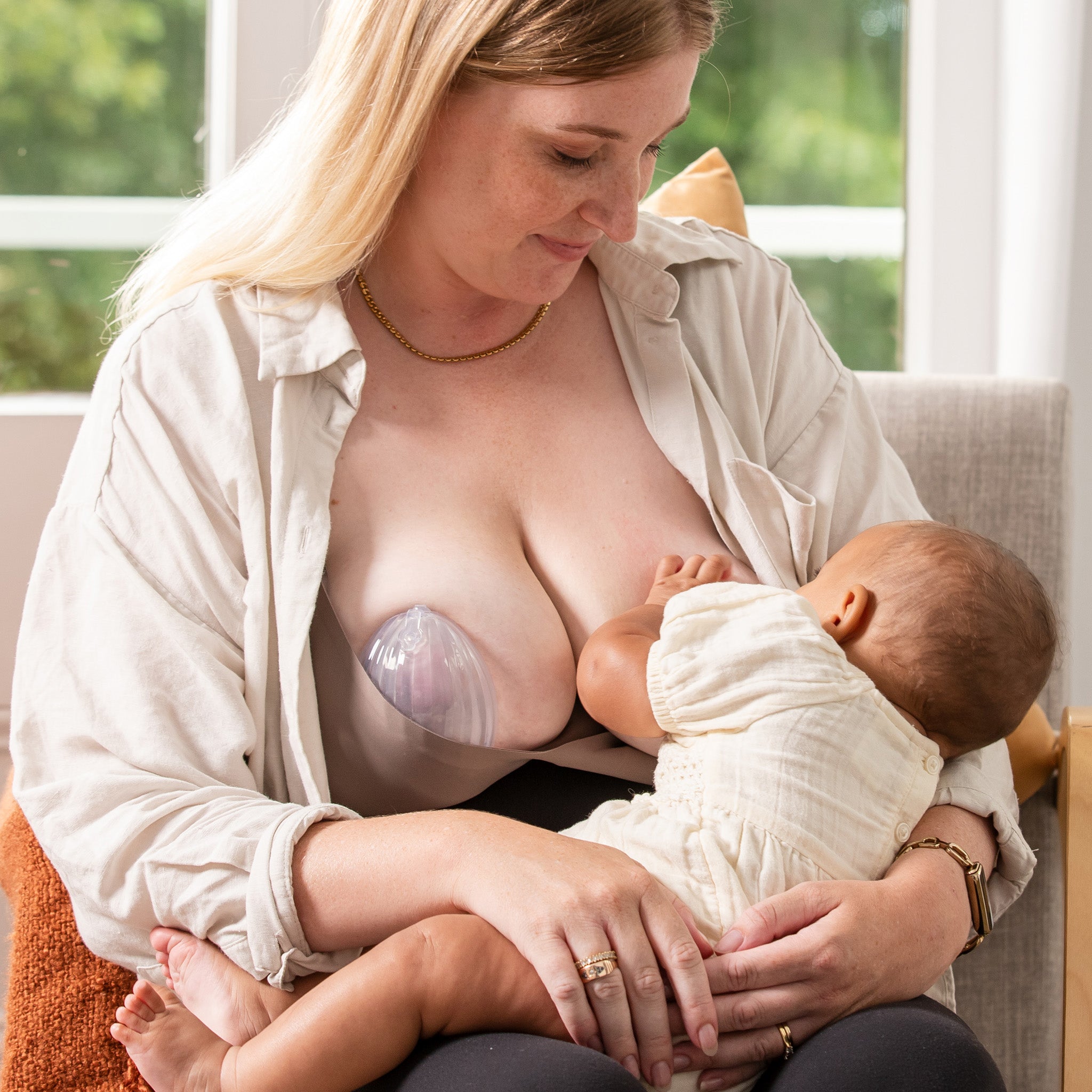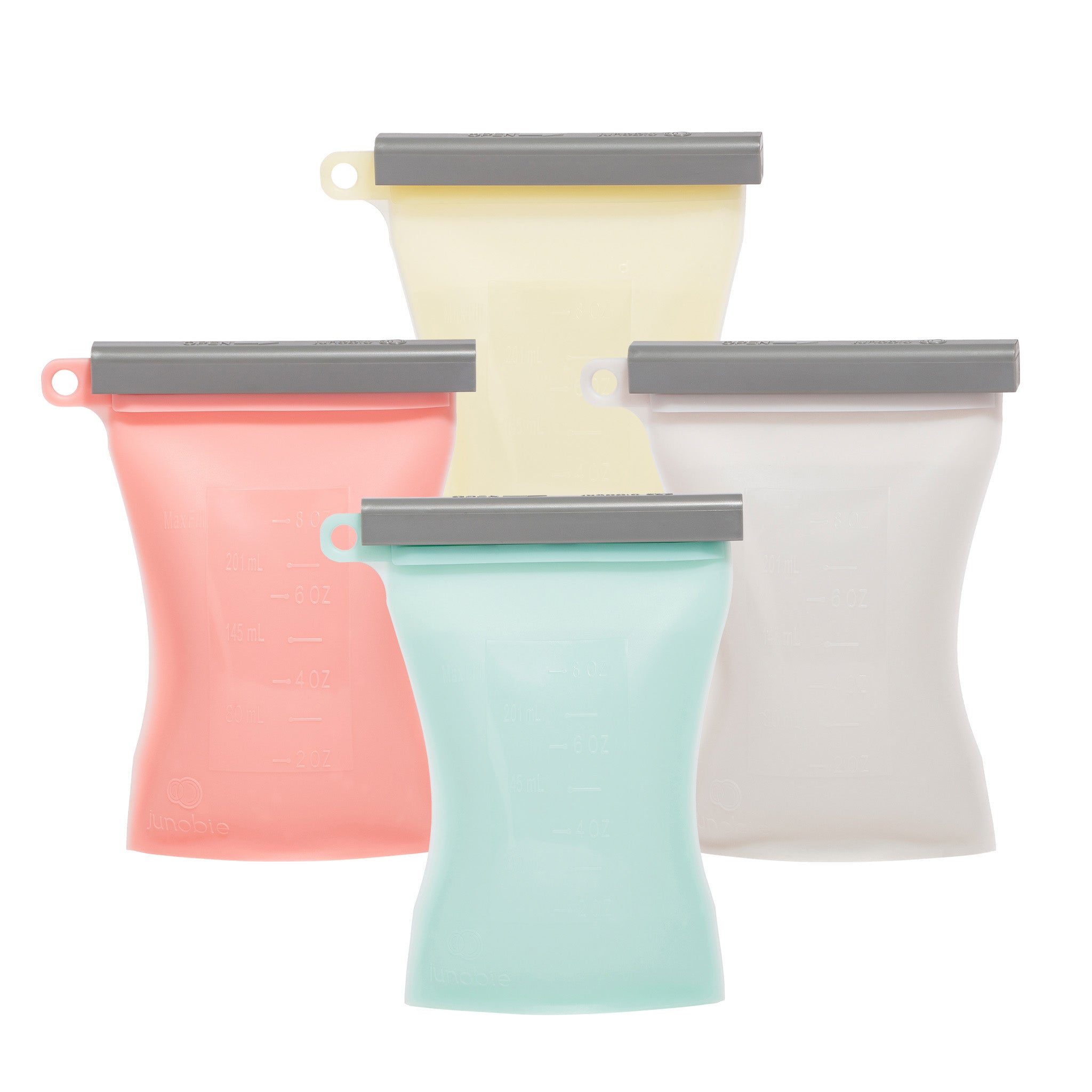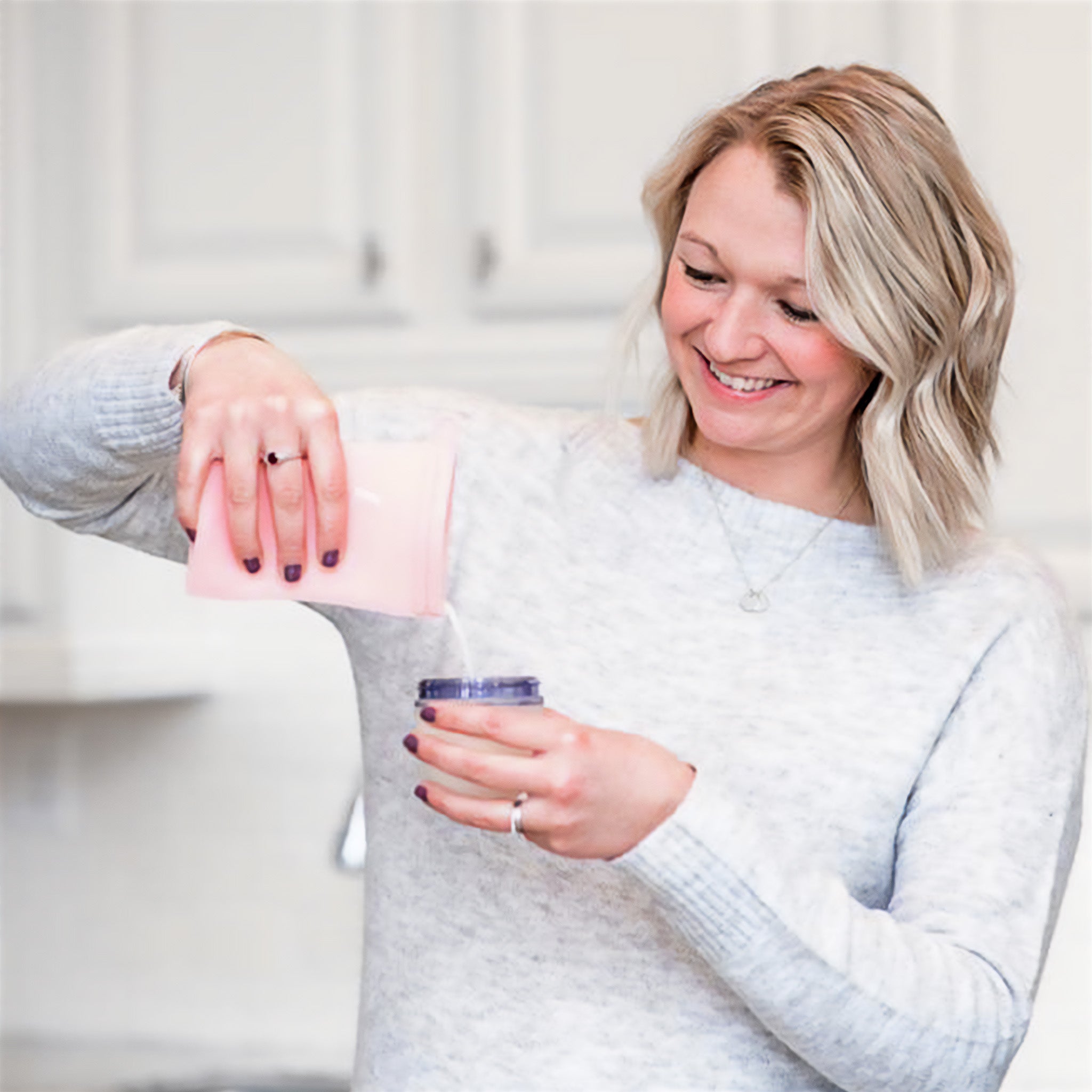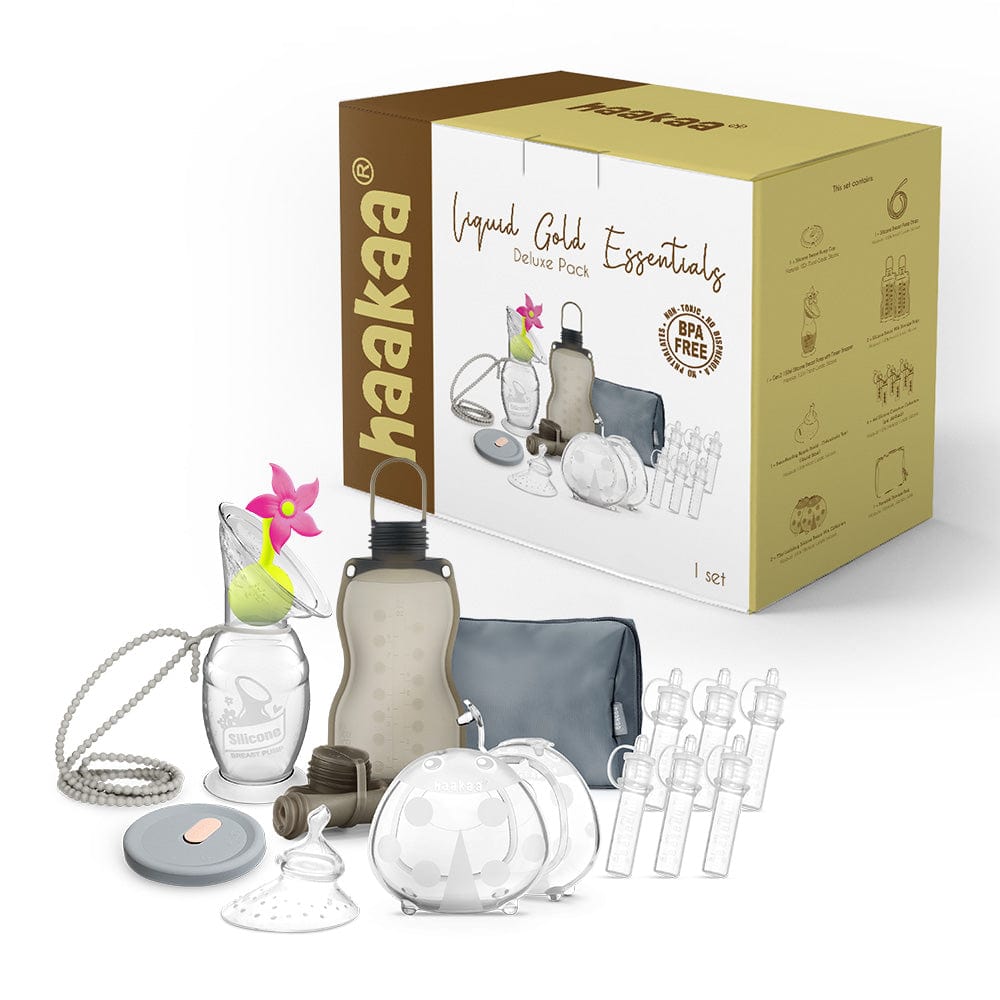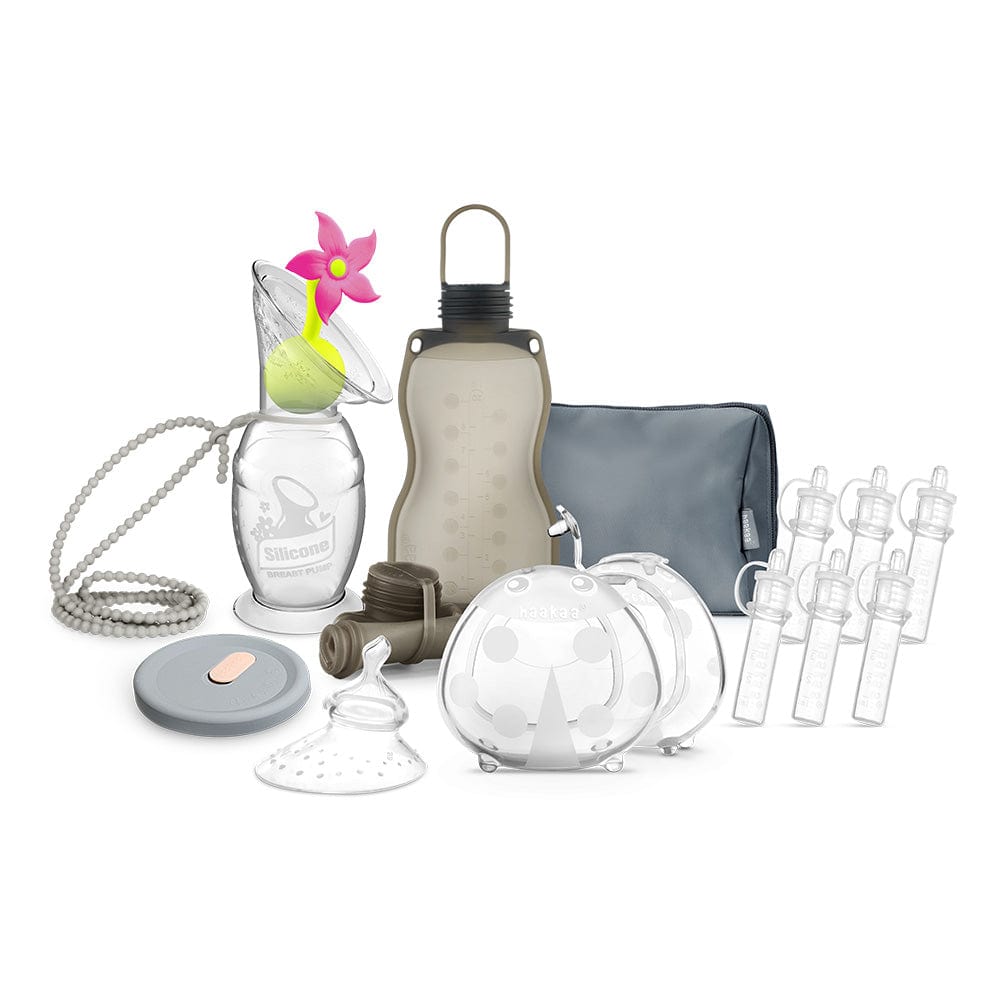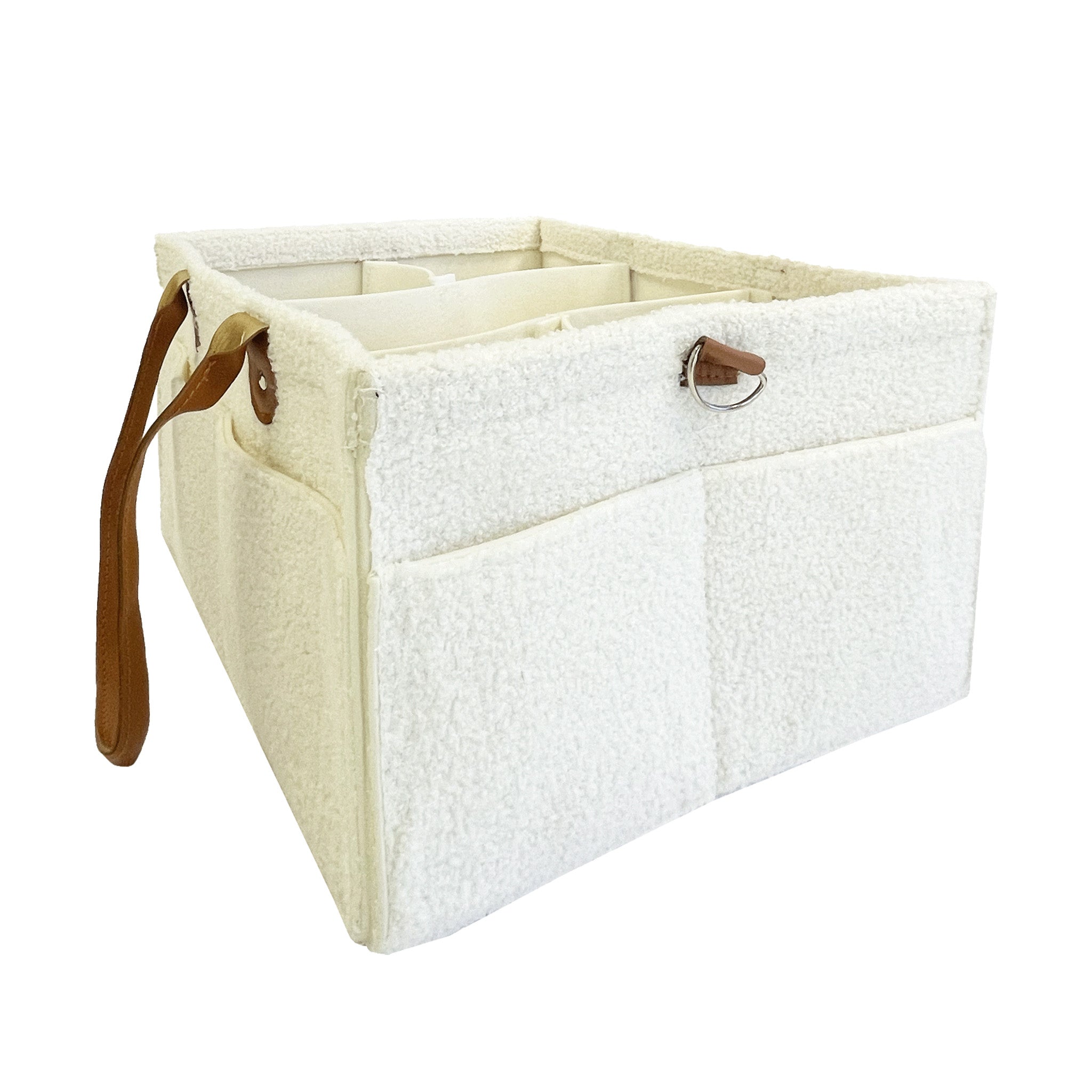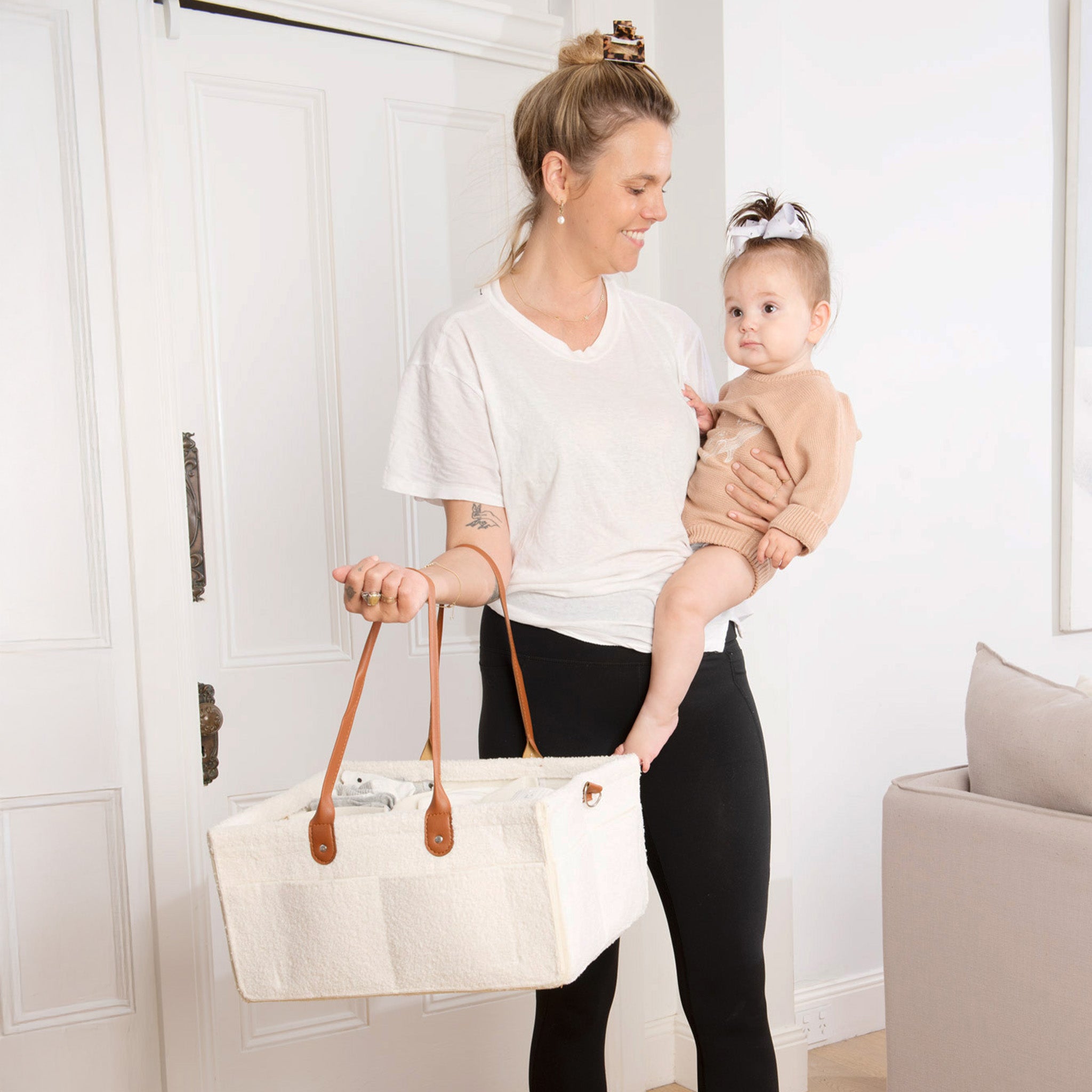While we all know that breastfeeding SHOULDN'T hurt, sometimes, well, it does. Common concerns like latching difficulties, nipple damage (youch) or a bubba who likes to bite, are often to blame but what happens when baby is attaching and feeding well but it still hurts to feed?
Nipple thrush is a less well-known but still common cause of breastfeeding pain and discomfort. And take it from a mama who has been there; it can really, REALLY hurt and it isn't always easy to diagnose or resolve.
We spoke to International Board Certified Lactation Consultant (IBCLC) Simone Mayze from Mamma's Milk to find out what you need to know about breastfeeding and nipple thrush, including how to effectively treat it so that you can bid it farewell for good!
What IS nipple thrush?
So what exactly is nipple thrush? According to The Royal Women's Hospital, breast and nipple thrush is a fungal infection caused by the organism Candida albicans. "Candida Albicans is a part of our normal body flora," says Simone, "however an overgrowth of this yeast can disrupt the balance in our microbiome."
Usually, an overgrowth occurs when there is already damage to the nipple (i.e. cracks or blisters from a poor latch), if you've been suffering vaginal thrush and/or if you've recently been on antibiotics. Sometimes however, the cause isn't completely known which can be very frustrating!

What to look for; signs and symptoms
Pain in the nipple and/or breast itself is usually the biggest indication that something is wrong, it's not always easy to diagnose thrush straight away. While some women may suffer symptoms like;
- Shiny, flaky skin over the nipple or areola
- Burning nipple pain
- Stabbing pain within the nipple or breast that doesn't improve with good attachment
- A crack or split in the nipple that doesn't seem to heal
Symptoms can vary widely. "Nipple thrush is often diagnosed by a process of elimination, particularly if the baby is not presenting with symptoms," says Simone. "This is because pain in the breast may be related to a shallow latch. The rash-like appearance could also be dermatitis, eczema, psoriasis or other skin condition and the pain could be related to something like vasospasm."
You can sometimes look to your baby for clues as they may show symptoms like a white, furry coating on the tongue, the roof of mouth and inner cheeks or a sore, spotty nappy rash.

Image source: Nurture Parenting
Diagnosing nipple thrush
If you suspect that you have nipple thrush, it's best to call in the experts. Simone recommends you speak with an experienced IBCLC along with your GP. "Having a feed watched by an IBCLC can help eliminate any latch issues as the potential cause," she says, "while a GP can ascertain if the cause is candida or perhaps a bacterial infection." Your GP can take a milk sample for pathology to do this correctly.
How to treat nipple thrush
Thrush thrives in damp, dark environments (kind of like the inside of your nursing bra) and can be passed backwards and forwards between you and your baby, meaning both of you need to be fully treated, even if only one of you is showing symptoms. Your first point of call, after ruling out other breastfeeding issues, is your GP. "Medical treatment is always best discussed with your doctor," says Simone. "They may use a combination of oral medication for your baby such as Daktarin gel or Nilstat drops and topical anti-fungal ointment or cream for your nipples and areola." In some cases, your GP may also prescribe an oral tablet.
Alongside medication, simple hygiene measures to completely eliminate the fungus can make a huge difference. Simone recommends the following:
- Wash all clothing and fabric that comes in contact with you or your baby in HOT water with anti-fungal detergents like Dettol and Canesten Hygiene Rinse. This includes cloth nappies. Try and dry clothes in the sun.
- Rinse nipples with a vinegar solution (1 tablespoon of apple cider vinegar to 1 cup water) or baking soda (1 tablespoon per cup) after each feed. Mix a new solution each day.
- Boil dummies or artificial teats/nipples daily and replace frequently, especially after you've gotten rid of thrush.
- Anything else that goes into your baby’s mouth (other than your breast or a finger) should be boiled for 20 minutes a day and replaced every week. Toys that go in your baby’s mouth should be washed with hot, soapy water frequently.
If using a breast pump, be meticulous with washing and disinfecting of parts. Check out our guide to cleaning your breast pump here.
- Ensure good hand hygiene by using a non-antibacterial hand soap as antibacterial soaps kill good and bad bacteria and you are trying to reestablish a healthy balance.
- Wash hands before and after feeding your baby and whenever they have been in contact with a possible infected areas e.g. after a nappy change
- Trim baby's fingernails to prevent candida being harbored under the nail and transferred to the mouth.
- Keep and use separate towels for each person in your family
- Ensure nipple area is kept clean and dry. Discard moist breast pads regularly and consider leaving breasts exposed after feeds to allow nipples to dry.
Home remedies to try
While over-the-counter and prescription ointments are usually required, there are some other remedies that can help and be used alongside these. Simone recommends organic coconut oil and a good probiotic. "Coconut oil is known for its antifungal and antibacterial properties," she says. "Used in conjunction with miconazole cream for the mother on the nipples works really well." Simone also notes that a tired and rundown mama is more likely to struggle with completely eradicating thrush. Try and ensuring that you're eating well and getting as much rest as possible.
For more information to help you in your breastfeeding journey, visit our resources section.


